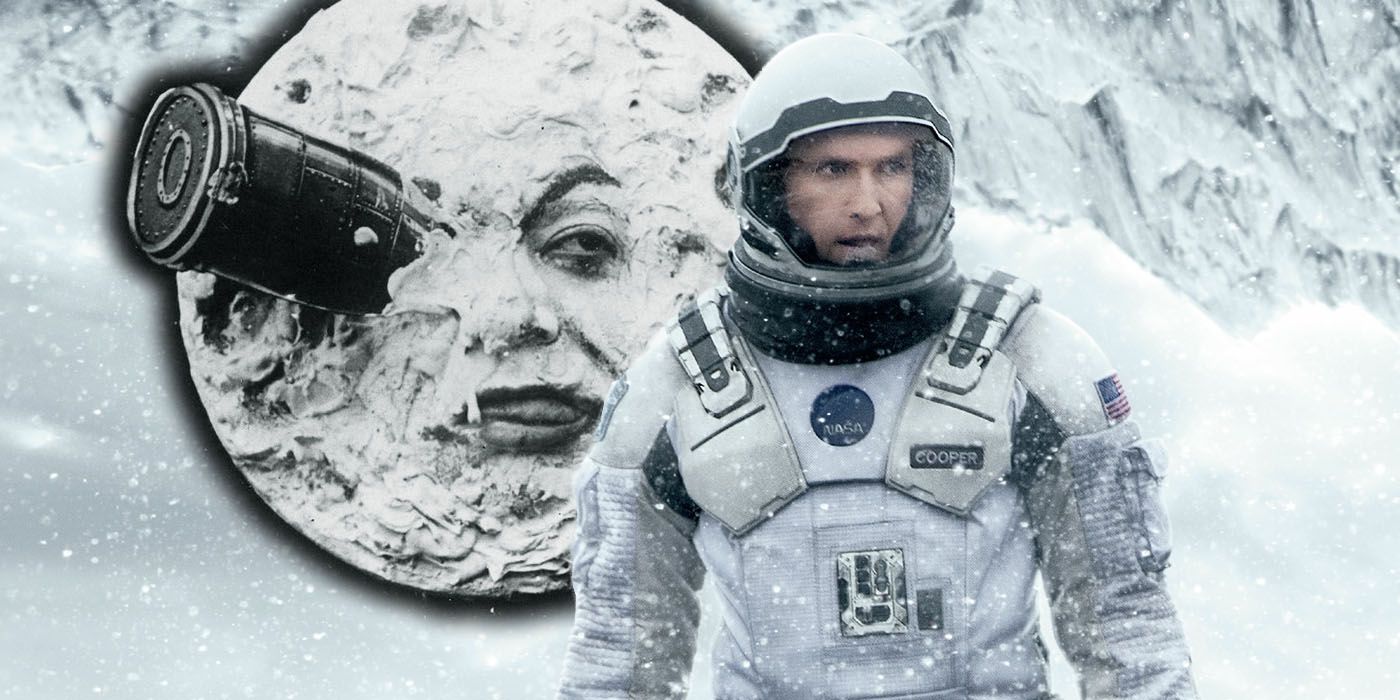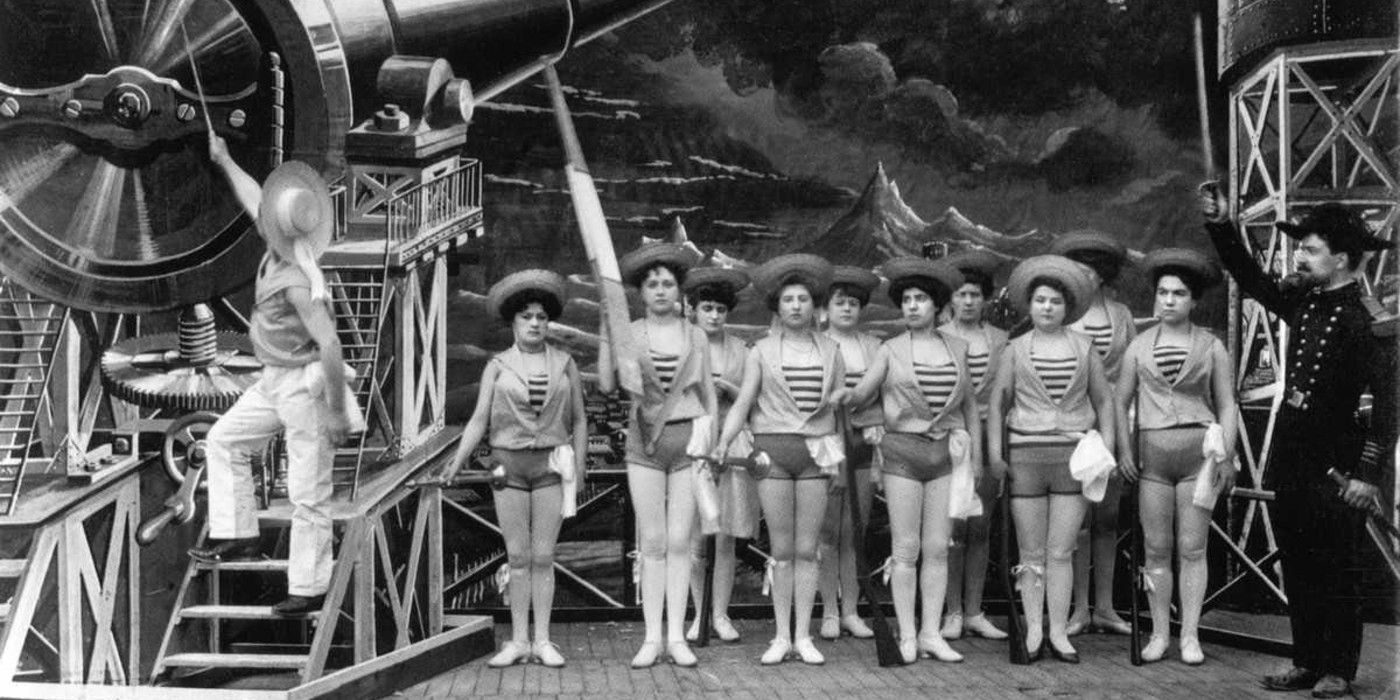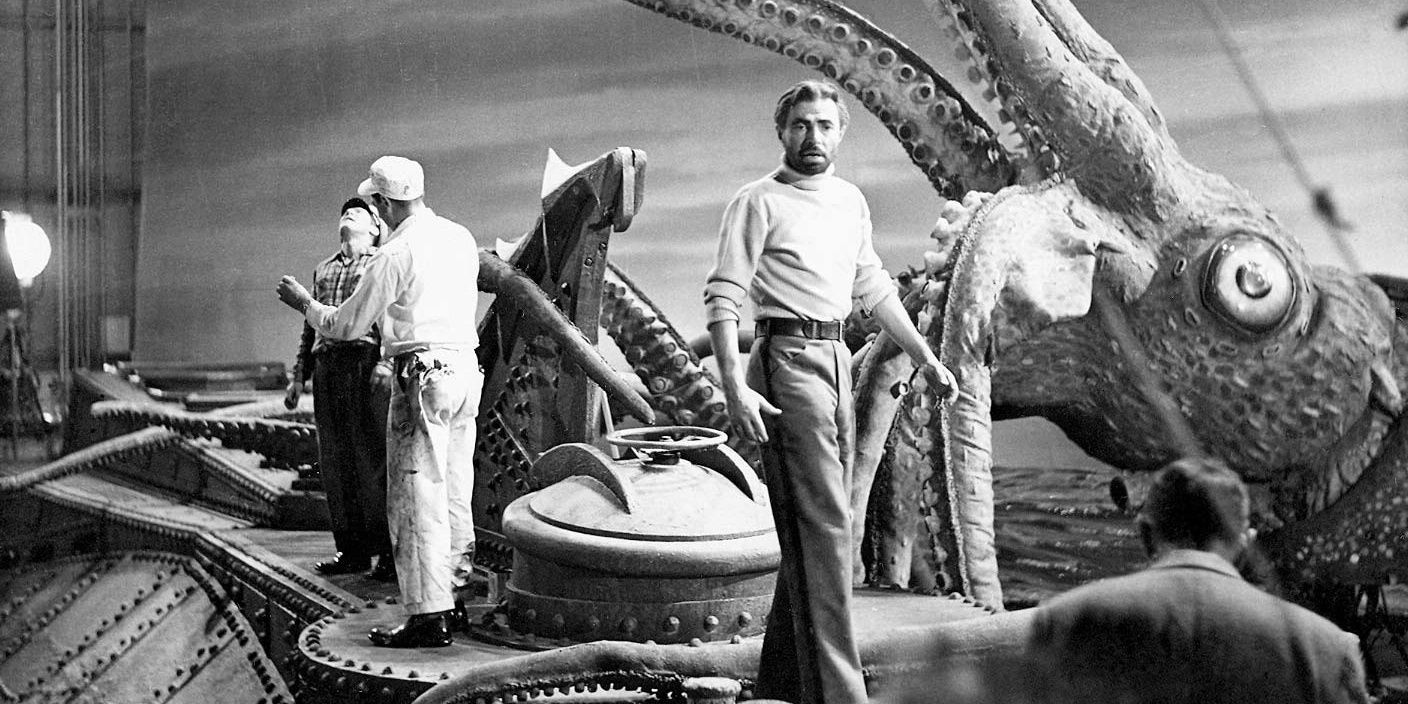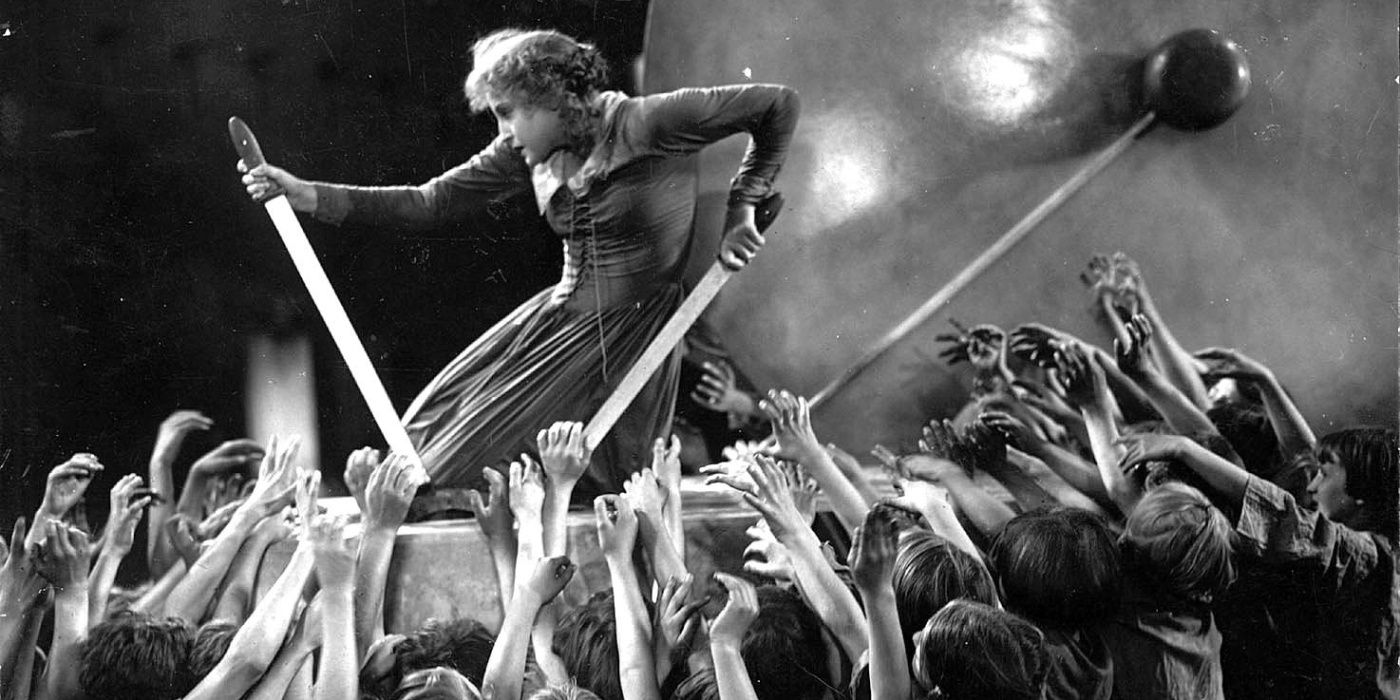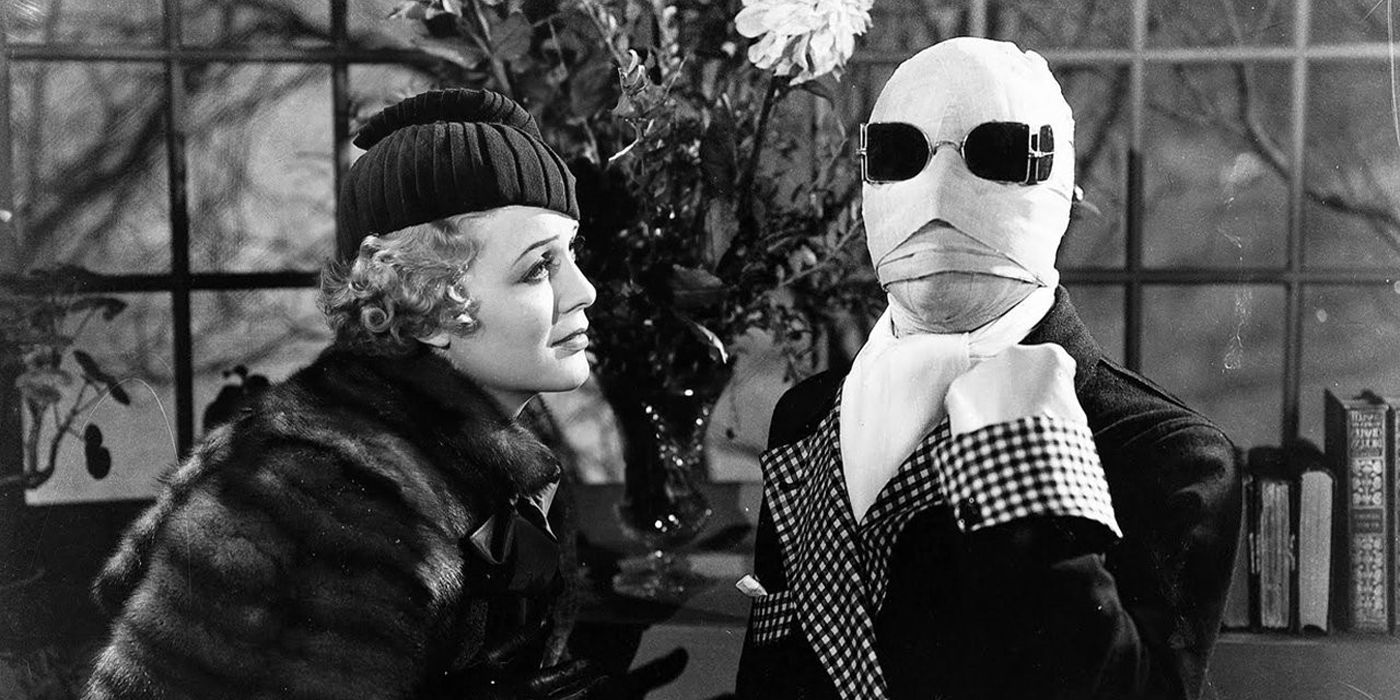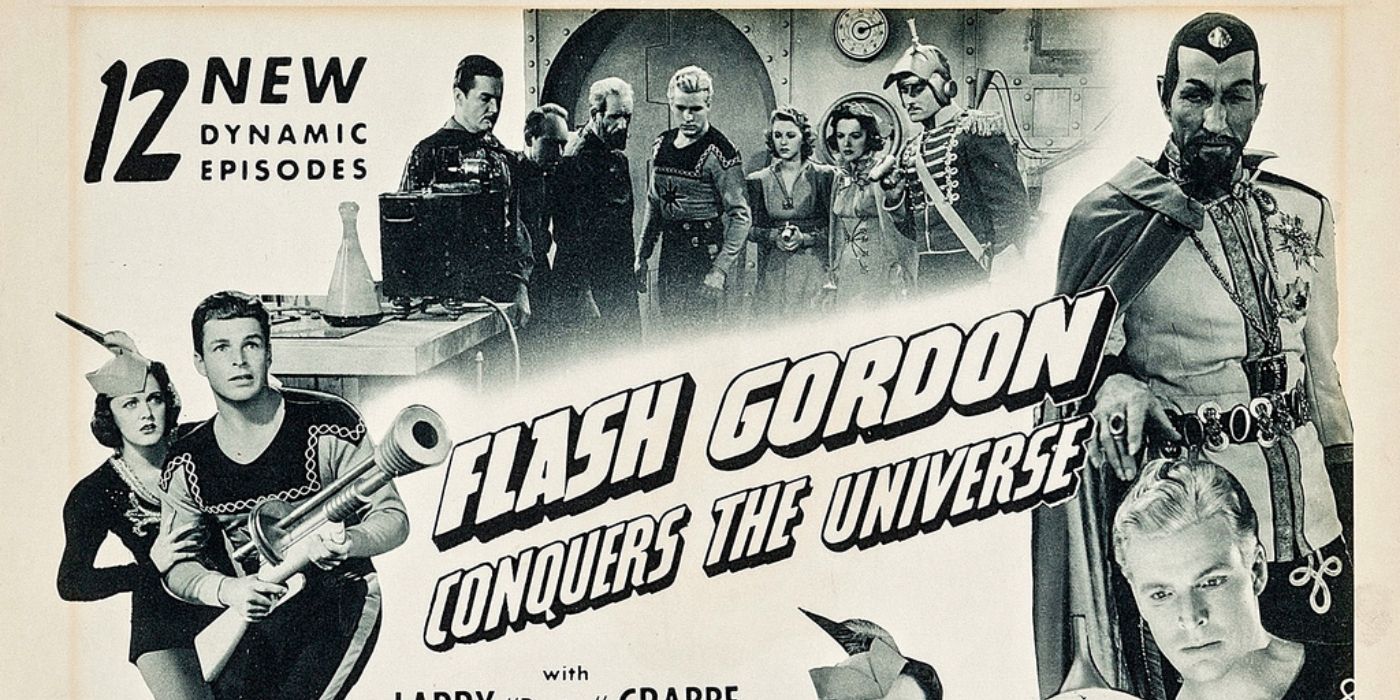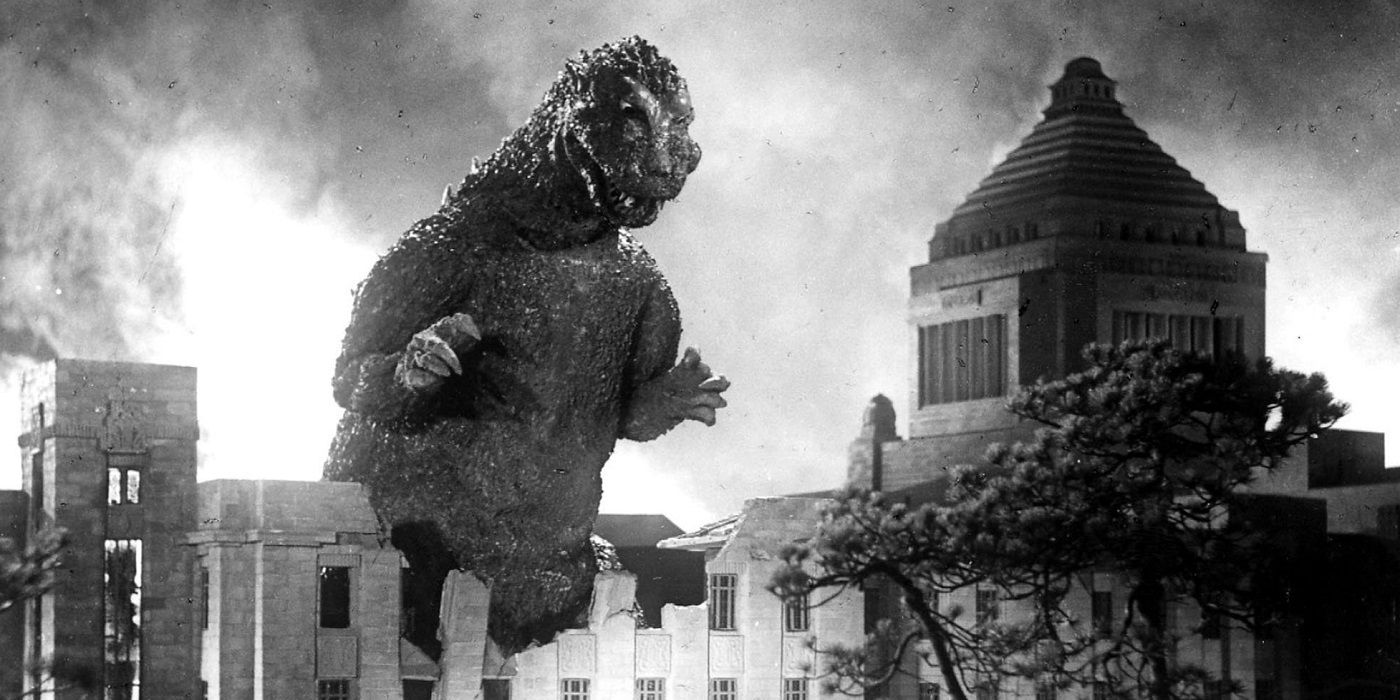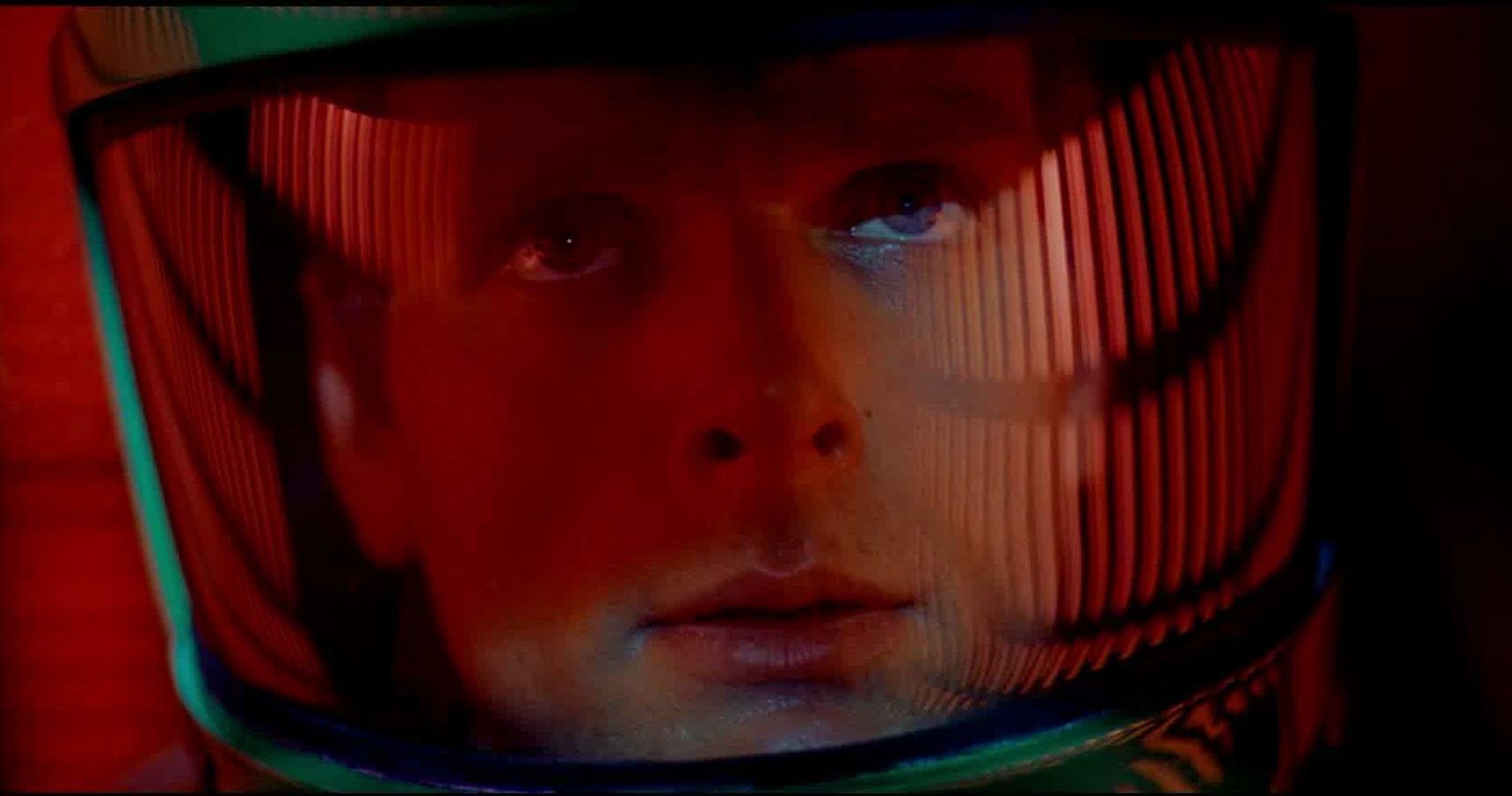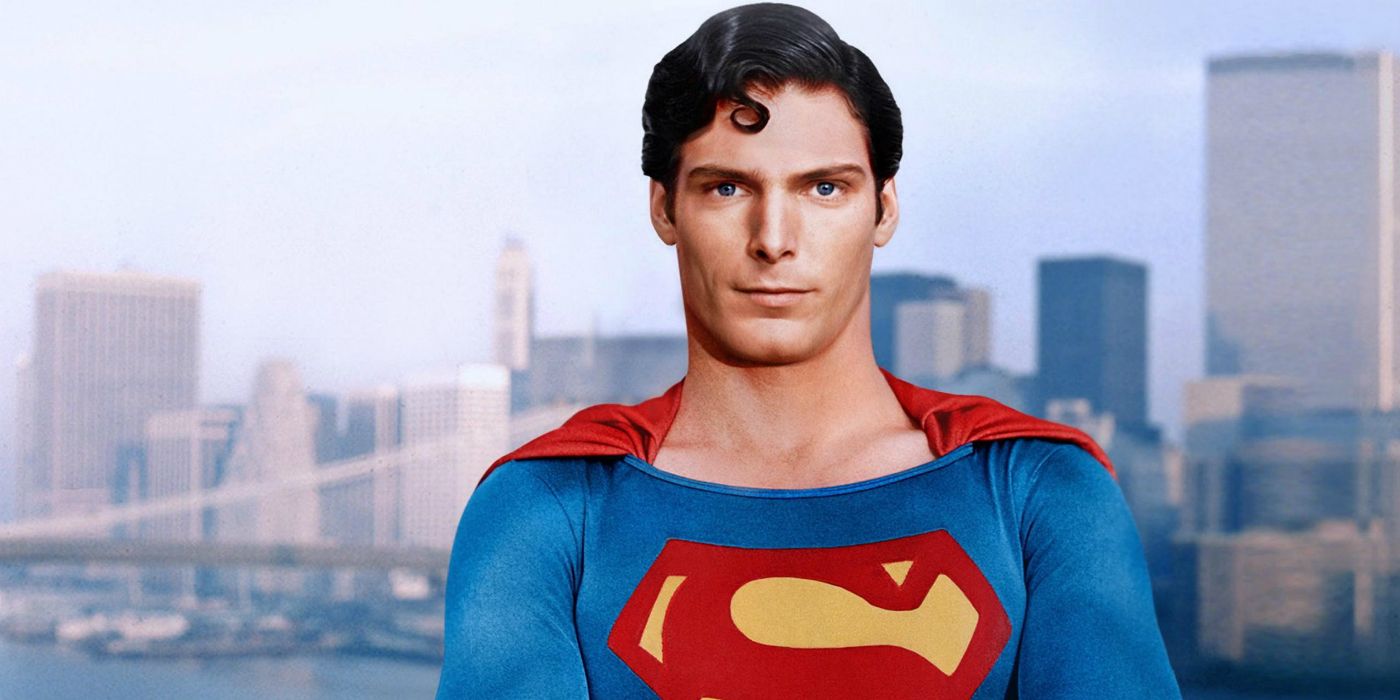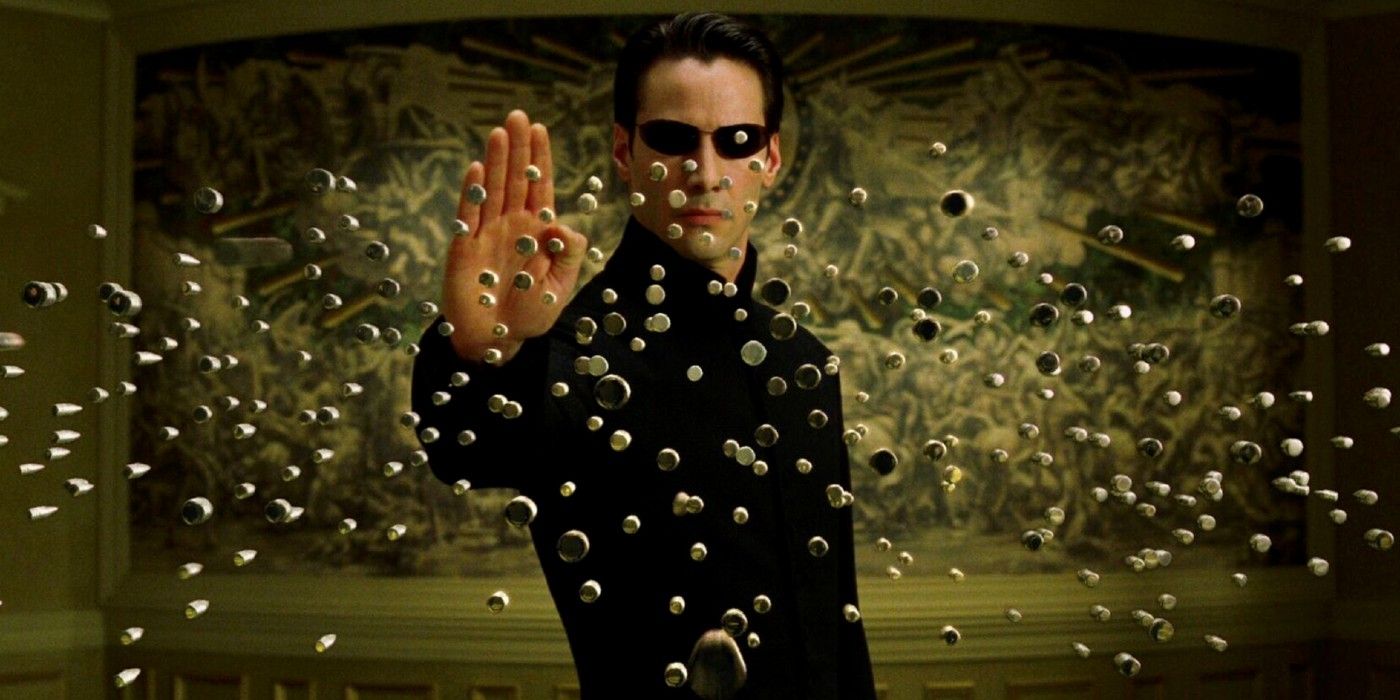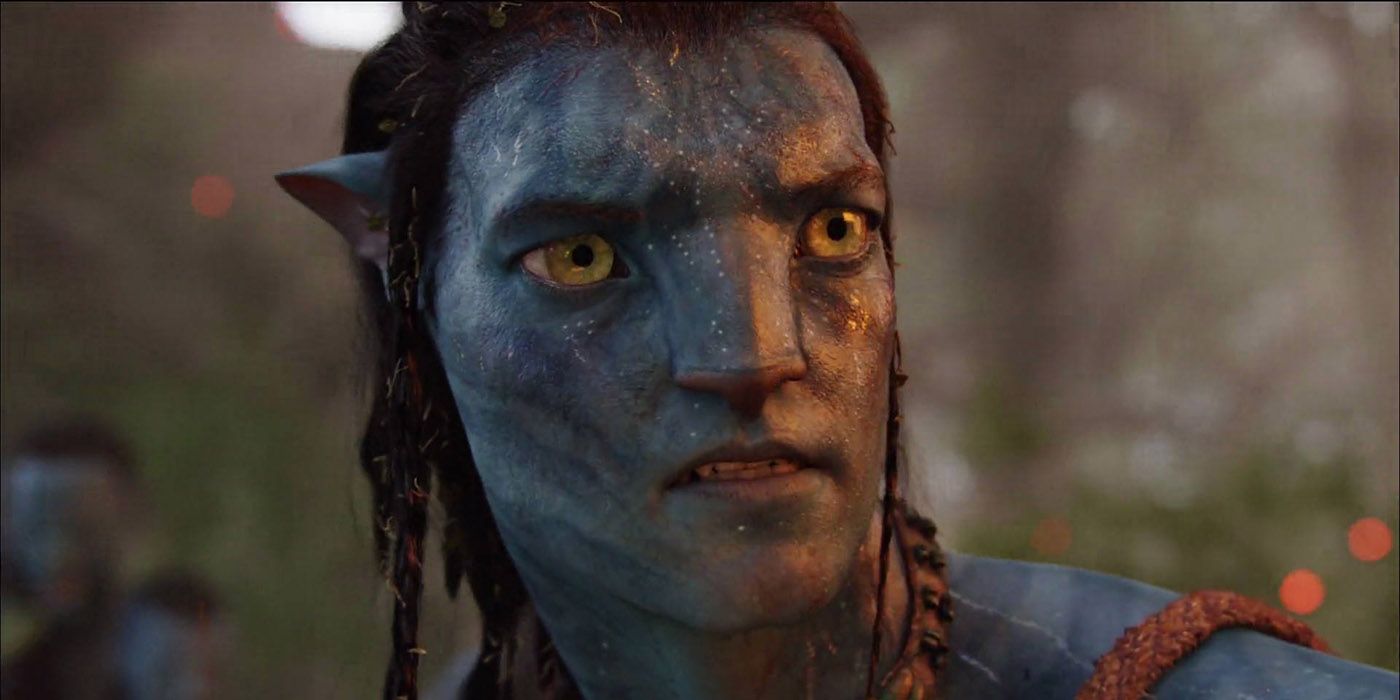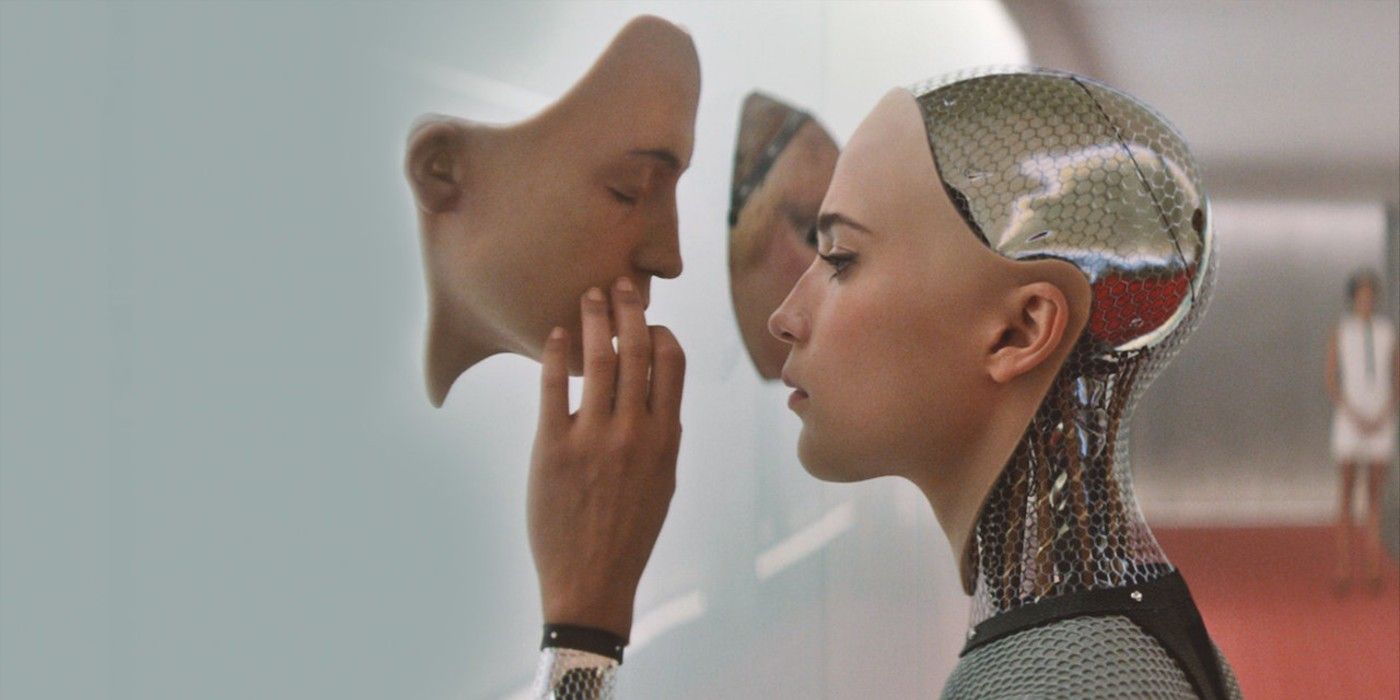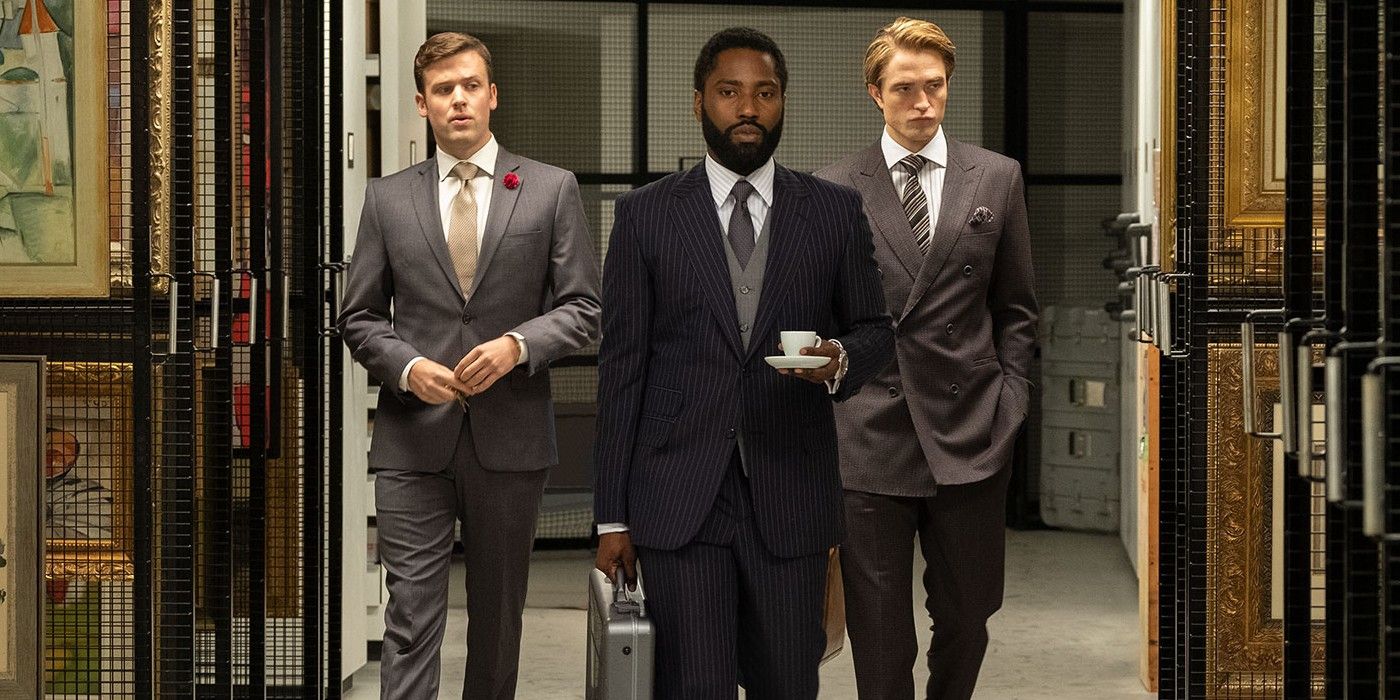Science fiction was one of the first genres to emerge in film history, and it has changed dramatically in the 100+ years that it's been around. Sci-fi existed long before the invention of cinema, and originating in novels as far back as the early 1800s. Many historians of literature believe that Mary Shelley's Frankenstein is the first true work of science fiction in literary canon, helping to establish certain identifiable trends in the genre - such as the arrogant genius, and the potential dangers of scientific ambition.
After making the jump from literature to film in the early 1900s, science fiction was able to plumb new depths. What began as written imagination flourished on camera, and the genre began to explore new and exciting subgenres on-screen. Dozens of popular science-fiction novels were adapted into films that rendered the intangible into the visual. And outside of just adaptations, genre filmmakers were pushing the envelope with stories that reflected the realities of life in fantastical and futuristic ways. Movies like Planet of the Apes, Blade Runner, and The Terminator were all incredibly instrumental in establishing science-fiction as an ever-growing canon with its own set of tropes, characteristics, and cinematic language.
As popular as sci-fi films are now, this wasn't necessarily always the case. With modern genre films experiencing heightened levels of popularity, it's important to note that this renaissance is the result of years of cinematic transformation, and dozens of science-fiction movies that pushed the envelope and broke new ground. Each decade brought new films, new trends, new tropes, and new ways to imagine the future of the human experience.
1900s
In the early 1900's, film had yet to become the dominating entertainment medium that it is recognized as today. In fact, the earliest recognized film recording, the Roundhay Garden Scene, had only been filmed 12 years before the turn of the century. The dawn of the 1900s popularized film being used as a source of entertainment, as before then the pioneers of the technology considered it a technology to be used in a solely scientific capacity. The Lumière Brothers (who were the first to showcase a moving picture to a gathered audience, essentially birthing cinema) believed that film was reserved for filming "actualities," the predecessor of the documentary. Unlike the documentary, actualities were unedited: raw recordings intended to depict life in as unaltered a manner as possible.
While the actuality was wildly popular at the end of the 1800s, film inevitably began to be used as a source of entertainment. Early filmmakers such as George Méliès began to push the boundaries of what film could be, with his short films A Trip to the Moon and The Impossible Voyage, released in 1902 and 1904 respectively. Both films represent the general atmosphere surrounding science fiction films at the time, even though in retrospect they'd lie more in the realm of science fantasy. Méliès films generally followed groups of intellectuals and theorists who decide to make a voyage to a fantastical realm or achieve some nigh-impossible goal, through the usage of absurd yet vaguely scientific equipment. Wildly popular across the globe, these movies inspired a wealth of imitators such as 1910's An Interplanetary Marriage, and established science fiction as a major force of imagination even in the early days of film.
1910s
Over 20 years after the creation of the first cinema camera, film was becoming more and more of an accessible artform. While not nearly as commonplace as our modern day excursions to the movie theater, all across the world artists from other mediums were beginning to view film as a revolutionary craft, leading to more and more features and short films being created. With George Méliès' last film, The Conquest of the Pole, being released in 1912, science fiction films were generally beginning to move away from his highly fantastical approach and settling into a more grounded atmosphere.
Movies such as 1916's 20,000 Leagues Under The Sea, the first movie ever filmed partially underwater, and The Master Mystery, an American film serial from 1918 starring Harry Houdini, showcased cinema's transition towards harder, more tangible scientific fiction. Subject matter included scientific expeditions and robotic automatons, representing the world's budding curiosity regarding the technological advancements of the day. Because of the rapid advancements in cinematic techniques, audiences also began to become more accustomed to the feature length film, a transition that would continue to the point where short films are much more niche today than they were 60 years ago.
1920s
During the early days of film, specifically the 1910s, a lot of the short films being made were escapist fantasies; experimental stories made by book authors and magicians. However, the 1920s marked a distinct shift in the structure of a lot of genre film, specifically science fiction. As filmmaking became a more sophisticated form, screenwriters and directors were beginning to infuse social commentary into the movies they were making. Science-fiction literature set the precedent, but the 1920s seriously established the capacity for movies to be a social allegory.
The greatest example of this to come out of the decade is Fritz Lang's 1927 masterpiece Metropolis, a shining example of the German expressionist movement. Heavily inspired by German industrialism as well as the widening gap between the rich elites and the poor working class, Metropolis depicts a future in which the lower class workers are forced to toil away underground while the 1% lives in towering skyscrapers. The atrocious disparity of living between the two classes was a direct parallel to the economic turmoil experienced by Germany in the aftermath of World War 1. To this day, Metropolis is a gold-standard for not only the dystopian future, but sci-fi entertainment in general.
1930s
While the genre flourished in the decades prior to the 1930s, the early 1930s saw the world climbing out of the economic horrors that marked the Great Depression. As a result of this, the science fiction genre was less idealistic than it had been in years prior. Both literature and film experienced a considerably darker shift in the genre, reflected in the growing prominence of science fiction being fused with other genres.
The most iconic movies to come out of the decade were the Universal and Paramount sci-fi horror movies, most notably Dr. Jekyll and Mr. Hyde and The Invisible Man. These films lie in a middle ground between the escapist fantasy of earlier pioneers as well as the harder sci-fi of the 20s and 30s, and the end result are movies that use science and technology to reflect the growing apprehension and dread felt by international audiences slowly moving out of the Great Depression. Unfortunately, things across the world got worse before they got better, as the aftermath of the Great Depression inevitably led to other, greater global horrors.
1940s
The 1940s bore witness to the largest scale global conflict of all-time: the meat-grinder known as World War 2. Countless lives were lost, and the effects were felt in culture and art across the world. While the most popular movies being produced at the time were war films, particularly outright propaganda drumming up support for either cause, sci-fi films also experienced the effects of the war effort. With Universal and Paramount continuing to pump out their iconic monster films, many American studios used science fiction tropes in pulp fiction like Flash Gordon to show the horrors of fascism and authoritarianism.
One film from this era, 1945's Strange Holiday, is very on-the-nose about its anti-authoritarian message. John Stevenson, the main character, comes back from a vacation and is shocked to discover that fascists have taken over the United States of America. Like lots of innocuous films at the time, the movie was actually secretly written by the General Motors corporation, a common practice at the time. Lots of industrial companies were repurposed to aid in the war effort, and one of the ways that they did this was using their funds to promote movies that justified the United States' actions in the war.
1950s
Science fiction in the 1950s went through one of the biggest cultural shifts to ever take place in the genre, a transformation which was directly tied to one of the most horrifying scientific breakthroughs ever. The first and only recorded usage of nuclear weapons was perpetrated against Japan at the tail end of World War 2. Little Boy and Fat Man were detonated over the Japanese cities of Hiroshima and Nagasaki, three days apart, in August of 1945, and the combined death toll of both bombings lies somewhere around 200,000. Since then, for better or worse, the shadow of nuclear annihilation has loomed large over international affairs and modern society.
Science fiction films were some of the first sources of entertainment to tackle this massive event. Using pulpy, garish filmmaking techniques, movies such as Them! and It Came From Beneath The Sea terrorized audiences with freakishly large animals either warped or unearthed by nuclear testing. The granddaddy of the kaiju film, Gojira, came out in 1954, directly inspired by the atomic fears borne out of the nuclear bombings.
However, the atomic age wasn't the only social issue being addressed in science fiction films. With the Soviet Union growing in power and influence, a major theme tackled in science-fiction films was the fear of invasion, a thinly-veiled allegory for the American fear of communism. The original Invasion of the Body Snatchers came out during this time, and with its emotionless alien imitators, the movie paradoxically became a double-edged allegory for both the Red Scare as well as the McCarthyist witch hunts that seized the nation.
1960s
The popularity of the films made during the "Golden Age" of science fiction persisted through the 1960s, leaving audiences with a deluge of atomic-inspired sci-fi horror as well as the total domination of the Shōwa-era Godzilla films. For most of the '60s it seemed as if aliens and radioactive creatures were everywhere, mostly because those types of films could be produced with relatively small budgets and were guaranteed money-makers for the studio. However, the tail end of the 1960s rejuvenated the sci-fi genre with two particular films that abandoned the hokey tone of their predecessors, and carried strands of Metropolis' socially-charged DNA.
1968 introduced moviegoers to Franklin J. Schaffner's Planet of the Apes, a scathing critique of the nuclear obsession that also happened to revolutionize special effects. Later that same year, Stanley Kubrick's widely-beloved masterwork 2001: A Space Odyssey was released, exploring a wealth of different themes ranging from humanity's search for meaning to the sentience of artificial intelligence. Both movies re-ignited the spark for intellectual science fiction on-screen and paved the way for many of the movies we have now.
1970s
While the cheap sci-fi horror film never fully went away, 2001 directly led to a surge in smart sci-fi thrillers being released internationally. Movies like The Andromeda Strain, Soylent Green, and Solaris were all slow, methodical science-fiction films that leaned heavily into the philosophical implications of the stories they were telling. At the same time however, the movie circuit was just beginning to understand the power of the blockbuster and what it could do when coupled with other types of movies.
The one-two punch of Star Wars in 1977 and Superman: The Movie in 1978 forever changed the landscape of filmmaking. One an original property, the other a comic book adaptation, both were insanely successful and led to the creation of massive game-changing franchises. Superman was almost twenty years ahead of the superhero movie curve and pioneered special effects work, while Star Wars... well, everyone knows what Star Wars did.
1980s
As popular movies generally do in Hollywood, the impact of Star Wars led to a wealth of imitators, most of which fell on the scale of cheap to decent. Battle Beyond the Stars is arguably the most famous of these imitations, mostly due to the fact that the advanced special effects were done by James Cameron himself. Cameron would go on to define the science-fiction genre in the 80s with his own film, The Terminator. One of a few truly original time-travel films, not only did The Terminator essentially write the book on time-travel paradoxes, but it also fit into a budding trend for sci-fi in the 80s, which was the futuristic apocalypse setting. Many different films used this in different ways, including Blade Runner and the animated Akira, but the collective panic surrounding a bleak technological future was undoubtedly inspired by the uncertainty revolving the ongoing Cold War.
1990s
If the '50s reflected the paranoia and fear regarding the world's entry into the nuclear age, then the '90s were all about the collective apprehension surrounding the dawn of the Internet Age. Countless films of this time period regarded technology with a sort of curious terror, such as Hardware, which follows a murderous robot enacting a rampage across a post-apocalyptic wasteland. Terminator 2 also reflected this kind of cybernetic paranoia, with the reveal that the Skynet system emerged from the creation of a complex super-processor.
Of course, no movie from the 90s more accurately reflected the post-modernist attitude towards developing technology and the atmosphere surrounding the budding internet culture than The Matrix. Pulling from a wealth of different inspirations (including Buddhism, Superman, and Ghost in the Shell), the Wachowskis' vision of a dystopian future in which humanity has been enslaved by robots perfectly captured the cultural zeitgeist, and inspired a wave of films that picked at those same themes.
2000s
The advent of CGI heavily influenced many films during this time, especially science fiction films, and nowhere is that more evident than the Star Wars prequel trilogy. Despite their complex and intricate world-building, Lucas' over-reliance on visual effects and cheap humor undercut what could have been a stellar return to a galaxy far, far away. However, that didn't stop other filmmakers from taking Lucas' pioneering work with CGI and repurposing it on other projects. James Cameron's 2009 film Avatar is, to this day, one of the most groundbreaking movies ever made simply because of the strides made in the department of visual effects. Coupling CGI and 3D technology gave moviegoing audiences an audio-visual experience whose impact can never be understated.
2010s
Ever since the dawn of the blockbuster in the 1970s, they have become more and more popular in the studio system, and the 2010s is arguably when they hit critical mass. Huge blockbuster franchises flourished during this time period, such as the Transformers movies as well as most of the Marvel Cinematic Universe. While superhero films first and foremost, most of them have roots in pulp science-fiction concepts and wear those influences on their sleeves when dealing with artificial intelligence or extraterrestrial superheroes.
Towards the tail end of this period the arthouse science fiction film grew in popularity. In the same vein as movies like 2001, indie filmmakers were pumping out daring and original concepts such as Under the Skin and Ex Machina, and even studios were occasionally taking risks on larger intellectual sci-fi films like Nolan's Interstellar.
2020s and Beyond
Even with the trends of decades past behind us, it's hard to identify exactly where sci-fi will go next. While audiences have their eyes on certain upcoming releases such as Tenet and Denis Villenueve's long-anticipated Dune adaptation, no one knows for certain what could come next for the genre. Ever since its early days in the pages of classic literature, science-fiction has reflected the discoveries and experiences of the society that informs it. As long as culture and technology continue to develop across the globe in new and exciting ways, so too will science fiction continue to shock and surprise audiences worldwide.

